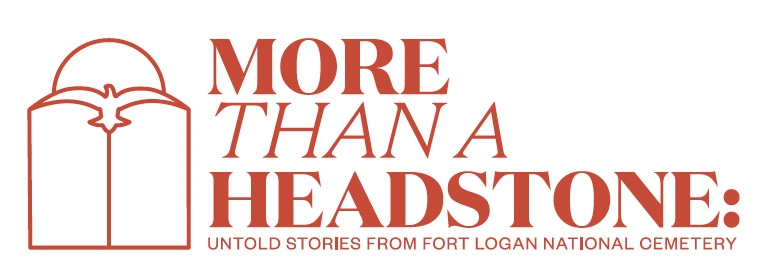Service in War, House and Senate
by Jake Fegan
John A. Carroll
July 30, 1901-August 30, 1983
John Albert Carroll exemplifies dedication to public service and civil rights throughout his actions in military and civilian life. He was born in Denver, Colorado on July 30, 1901 to Edward and Charlett Carroll. At 16, before he graduated high school, he lied about his age and enlisted in the U.S. Army in 1917 to fight in World War One.[1] He served in the Philipines from 1918 to 1919.[2] After his military service, he joined the Denver Police Department and attended law school. He studied law at Westminster Law School, now Sturm College of Law, University of Denver. It was during this time that he met his future wife Dorothy, whom he would eventually marry in 1922.[3] After earning his law degree, he served as the Assistant District Attorney of Denver from 1933 to 1934 and eventually became the District Attorney from 1937 to 1941. When World War Two broke out, he again served in the U.S. Army as a Second Lieutenant. After his second tour in the military, John began a successful political career. In 1946, he ran as a Democrat for the U.S. Congress and won. He served from 1946 to 1951 and was a member of the House Ways and Means Committee.[4] At the end of his term, he tried to run against Senator Eugene D. Millikin, but lost. However, shortly after his defeat, he was appointed by President Truman to serve as his foreign policy advisor from 1951 to 1952. After holding this position, he again ran for Senate and won in 1956. His platform was based on representing the laborers and blue collar workers of the country. One advertisement that he ran in the Steamboat Pilot in 1956 read “He believes the ranchers, farmers, and stockgrowers deserve a fair share in the nation’s prosperity…Carroll will fight with the farmers to stay in business.”[5] As Senator, John Carroll took on many leadership positions and was on the Interior and Insular Affairs and the Public Works Committees. He was also the chairman of the Senate Judiciary Subcommittee on Administrative Practice and Procedure.
One of the highlights of Carroll’s political career was the role he played in obtaining civil rights for African Americans during his time in the Senate. The first example was when he led opposition to two legislative actions known as the Butler Amendment and Jenner Bill that acted to limit the power of the Supreme Court. In the late 1950s, the Supreme Court was led by Chief Justice Earl Warren and the role of the Supreme Court was contentious. Some thought that the purpose of the Court was to defer policy making to Congress and the President, but others, like John Carroll, believed that the Supreme Court’s main duty was to uphold civil liberties. This was especially important in 1958 when the Civil Rights Movement was in its inception. In fact, in a letter to the National Association for the Advancement of Colored People, written by Executive Secretary Roy Wilkins, he called the Butler Amendment and Jenner Bill “a dangerous threat to the protection of civil rights.”[6] He explained the threat of these legislative actions by saying “If a Southern legislature should pass a law to disbar any lawyer who handled a case which challenged segregation, and if the state courts should uphold this state law, no appeal could be taken to the United States Supreme Court.”[7] He then urged the NAACP members to write to their Senators and thank them for voting against the legislation, if they did so. John Carroll was mentioned in the list of Senators who voted against the actions. Carroll played a large role in opposing the measure that was ultimately defeated by a vote of 41 to 40.
An even more important example of his support for voting rights was when he introduced an amendment to Title VI of the Civil Rights Act of 1960. This amendment involved passing legislation that would ensure African Americans would not be denied registration to vote on account of their skin color. John Carroll feared that the Bill did not define the expediency in which a federal court would have to rule an unjust denial of voter registration and, according to the NAACP Board of Directors, “Carroll, however, contended that the judge would make a temporary finding based on the prima facie evidence in the referee’s report and would not conduct adversary proceedings until after the election.”[8] Essentially, the judge would delay giving African Americans the right to vote, until it was too late. John Carroll’s amendment would solve this issue “by deleting the requirement that the citizen must go back to the State or local registration official after the Federal court has found a pattern and practice of discrimination against his class exists.”[9]
John Carroll’s term ended in 1963, and after failing to win re-election, he returned to Denver, Colorado in order to continue practicing law. He died at age 82 on August 30, 1983 and is buried at Fort Logan with his wife.










